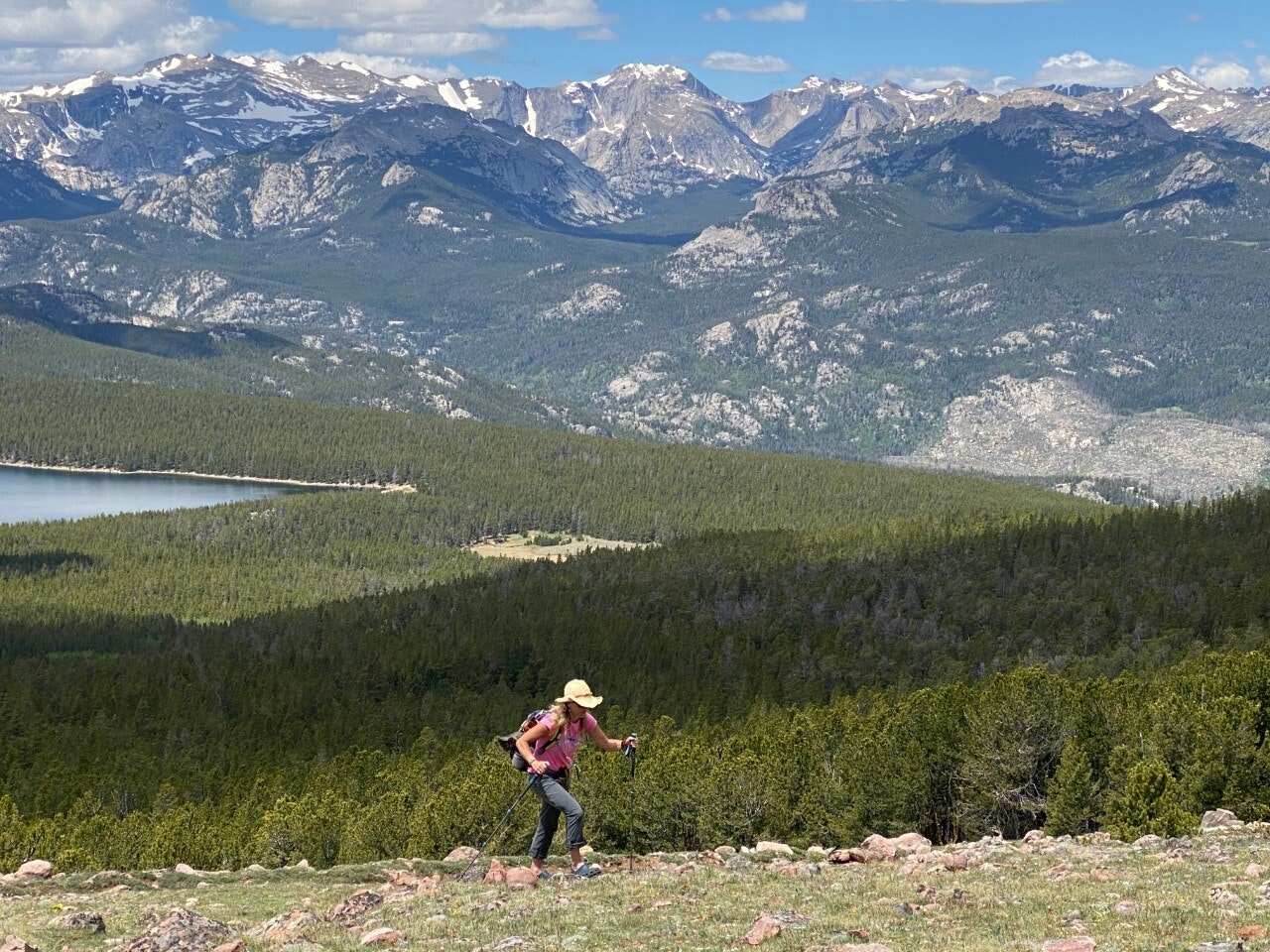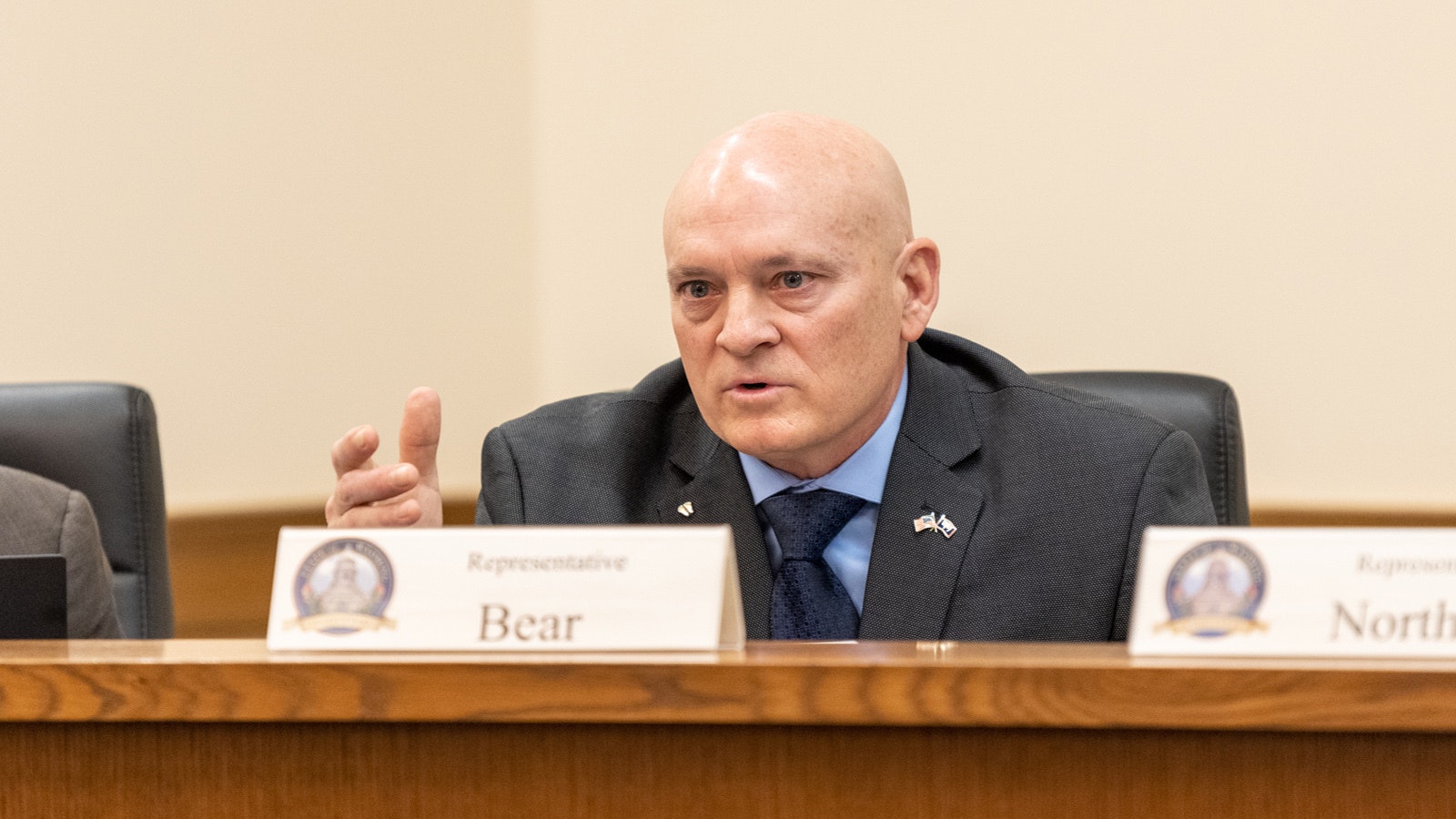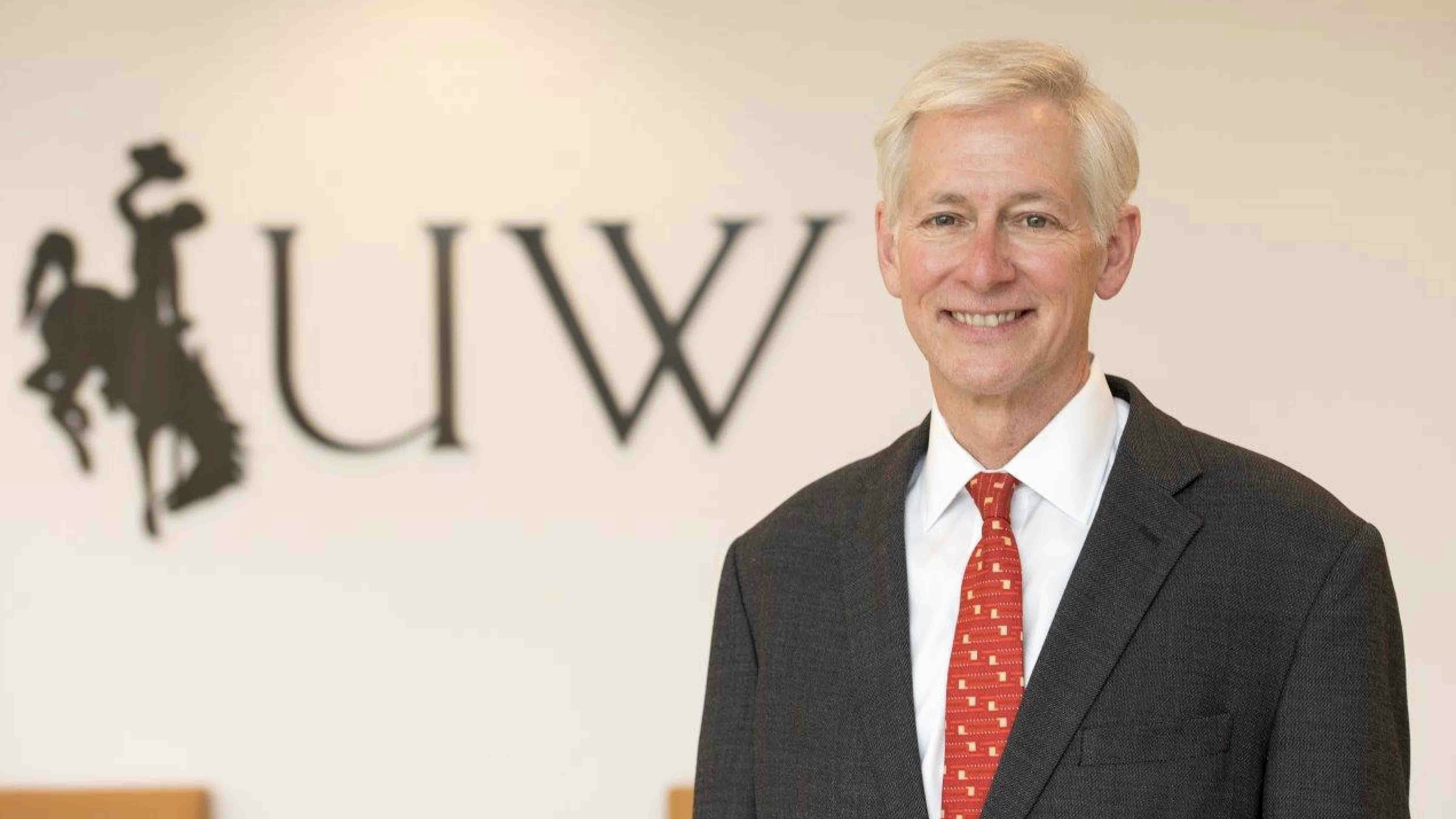During a normal hot summer fire season, the gorgeous red sunsets and haze in the air scare the heck out of people in my part of Wyoming. We live next to the Shoshone National Forest.
Lately, the air has been so perfect and pristine, you can almost see 100 miles. It has not been this haze-free for years. But based on how dry it is, all this can change quickly. Precipitation this year was the lowest in years and it is already getting very dry.
The Shoshone National Forest is a jewel and so remarkable that it was the first national forest created by Congress. The mountains in this 2.4 million-acre reserve in west-central Wyoming are the tallest in the state. The views in the area are breathtaking, and I am lucky enough to live within 5 miles of its border.
But like most people who live close to the Shoshone, I fear that it will burn up. Who would be affected? Folks in towns including Lander, Riverton, Dubois, the Wind River Indian Reservation, Cody, Powell, and Meeteetse, to name just a few.
We all know the major reasons: Firefighting efforts have successfully prevented blazes in the forest over the past 60 years, leaving huge amounts of deadfall. The northern Rocky Mountains are again in the midst of drought. Add to that increased visitation by campers, hikers and horseback enthusiasts, plus the subdivisions that have cropped up close to the forest and within the forest as well – it is recipe for an inferno.
And then sometimes, there are those oddball situations you can’t predict, such as the huge Colorado fire started a few years ago by a Forest Service employee who was upset over a letter from her husband. So, she burned the letter and thereby ignited the forest, destroying 100,000 acres before the fire was subdued.
A fire in Sinks Canyon a few years ago was suspected to be started in a similar way. One of the more damaging fires in recent years was a controlled burn that got away from the firefighters.
Some years ago, a colleague and I were headed back to Lander from Jackson late in the evening when an out-of-control wildfire was burning between Thermopolis and Riverton, near Wind River Canyon. It was the Kate’s Basin Complex fire, and it would go on to burn 180,000 acres.
We stopped the car and stood there in the quiet to watch a mountainside send plumes of fire into the night. Even though we were 50 miles away, the air smelled of smoke. One fireman would die in that blaze; another was severely injured.
As we stood there, I had this eerie feeling that behind me was the potential for a much worse fire. I recall looking over my shoulder at the huge blackness of the Shoshone National Forest and the Wind River Mountain Range.
Not a spark of light. When would it erupt into flames? The sight in front of us was awesome and frightening.
But the potential of that fire was small compared to what was possible in the Shoshone.
Over a decade later, the Shoshone still has not burned. But this year does not bode well. We had a dry spring, so grass is turning brown early. Then June and July were hotter and windier than usual. It could be dry as tinder in some places up there. Despite brief showers recently, the stage is set for serious fires all over Wyoming, but mainly in the Shoshone.
Many of us will never forget when Yellowstone National Park burned, with fires starting in late July and burning into the fall of 1988.
Jon Horton, both a journalist and ex-firefighter, was there: “I had experience on fires and years with helicopters,” he said, “so I was qualified to go to the remotest fire lines. During the height of the fire activity, one veteran that I worked with told me how awed he was by a 30,000-foot-high column of smoke. Nothing in his experience had prepared him for the scale of the Yellowstone fires. Millions of acres seemed to be in the process of being wholly consumed.”
Firefighters returned with stories of whole drainages on fire and smoke obscuring the trails so badly that horses stumbled blindly in the dark of noon. That Yellowstone fire season took on the form of something outside of anyone’s experience; outside the accumulated knowledge of generations of fire management professionals.
Horton’s recollections characterize the Yellowstone fires about as well as anything printed. And they describe all too well what will probably happen when the Shoshone decides it wants to burn.
I am holding my breath – literally.
(Photo of the Shoshone area by Shelli Johnson in the Shoshone National Forest.)





